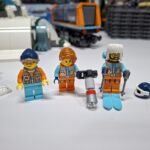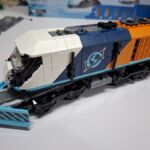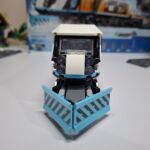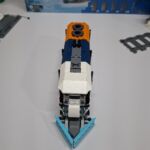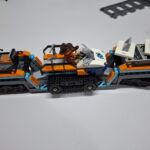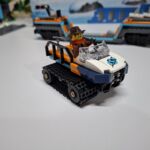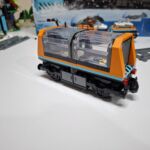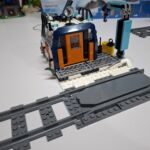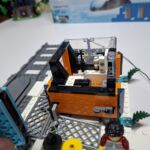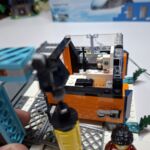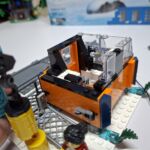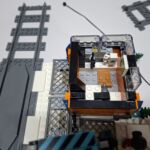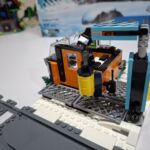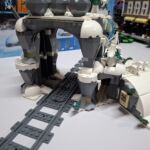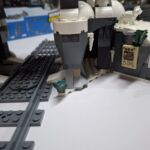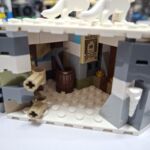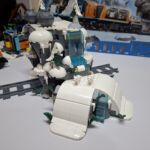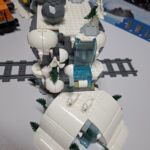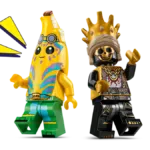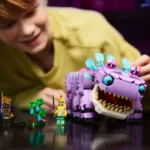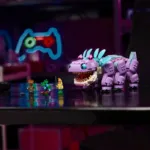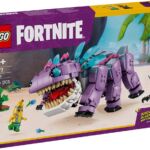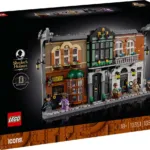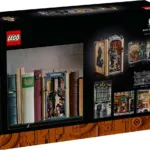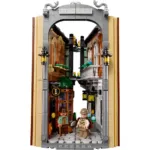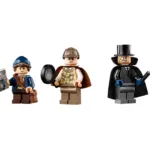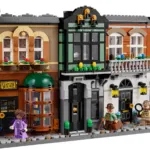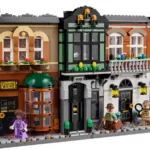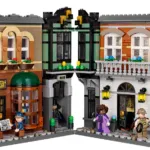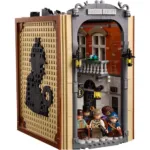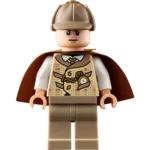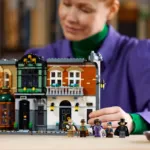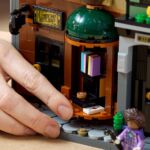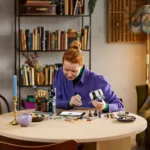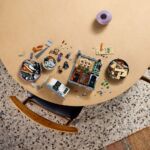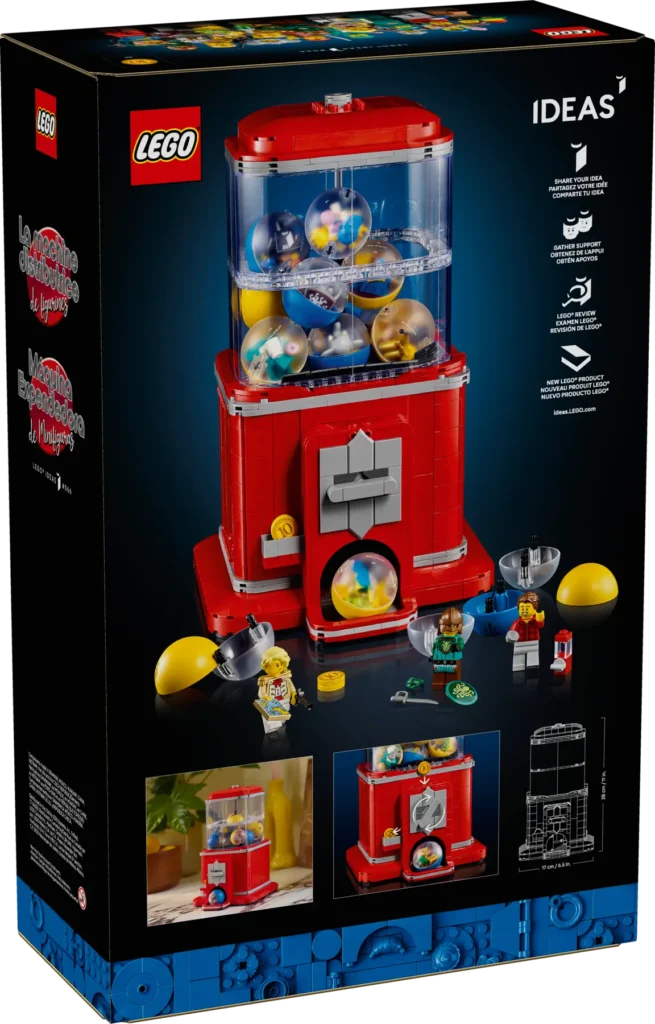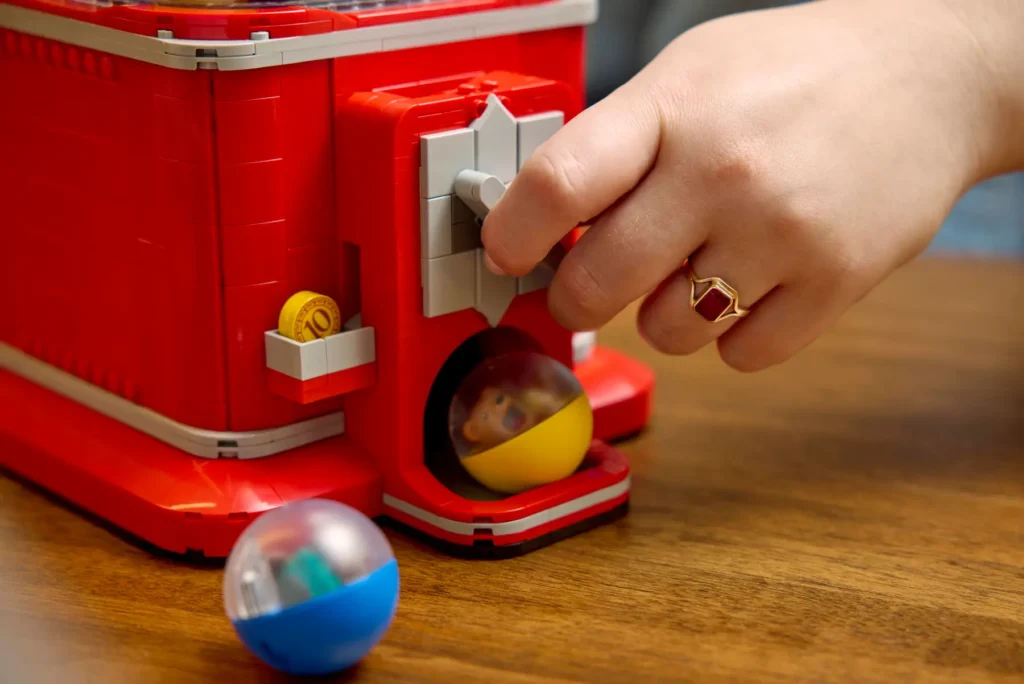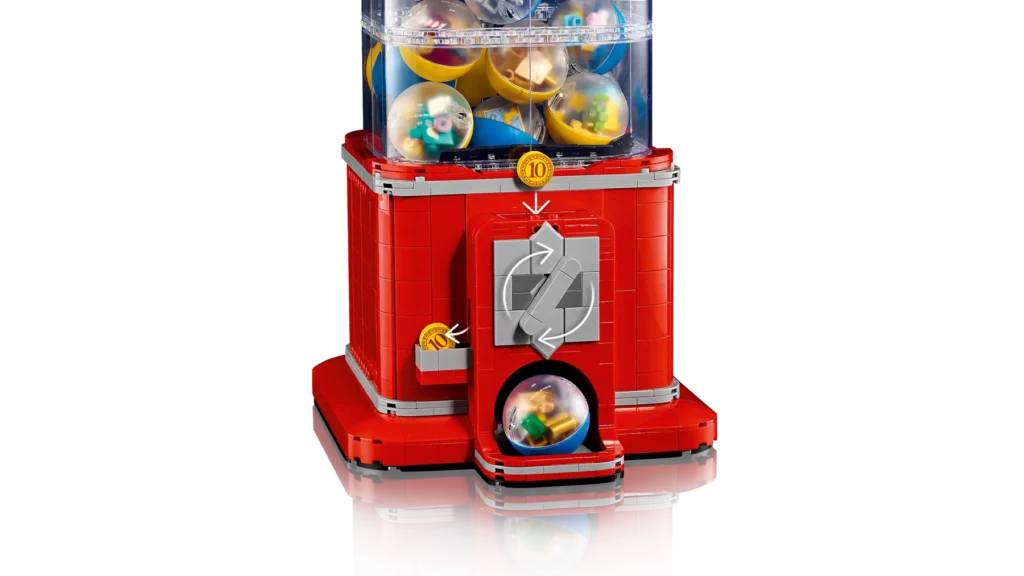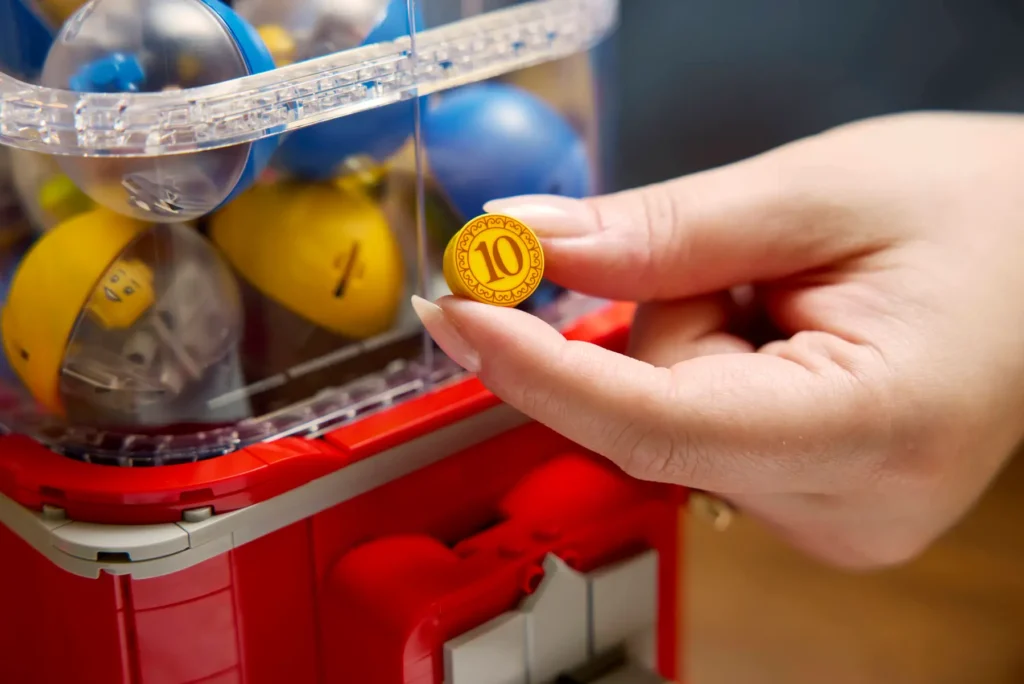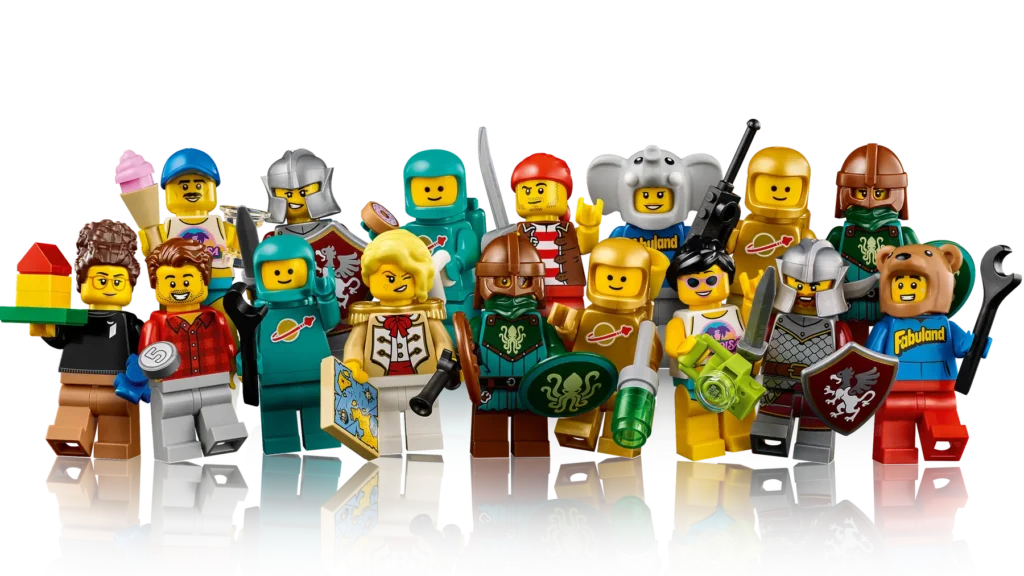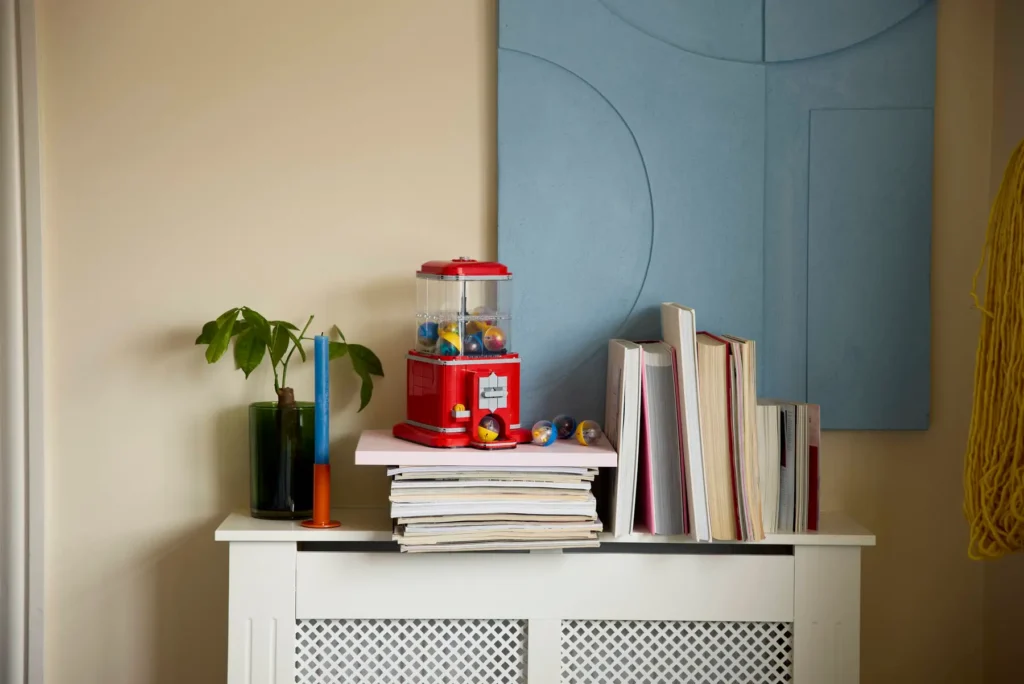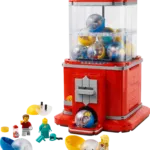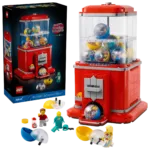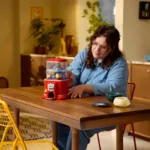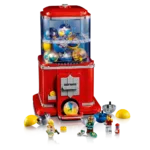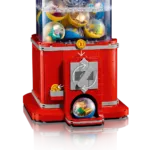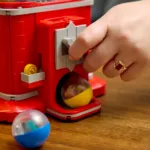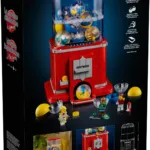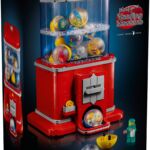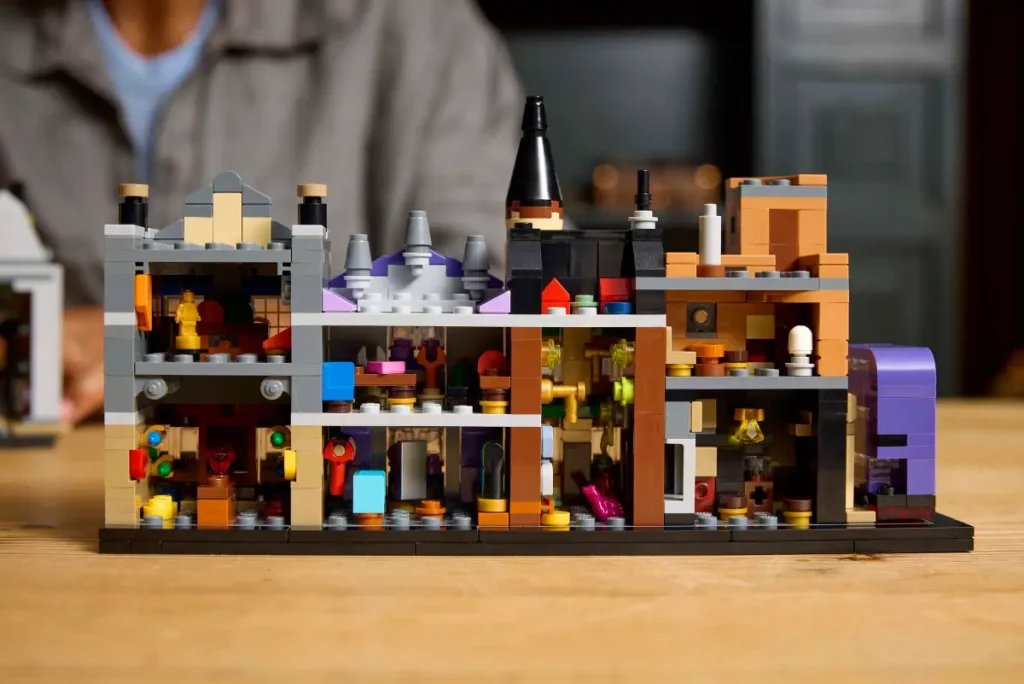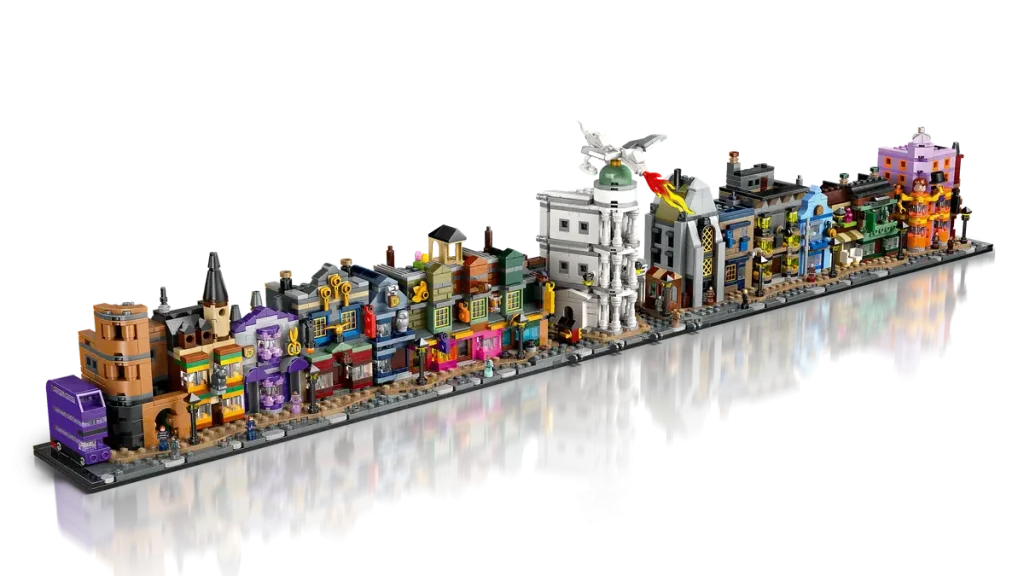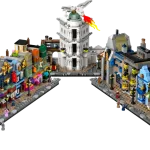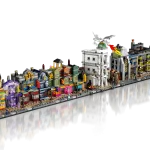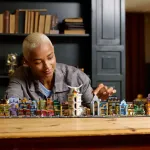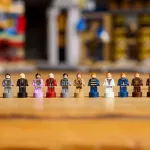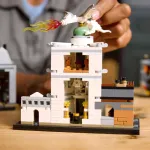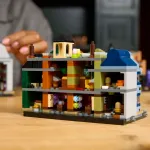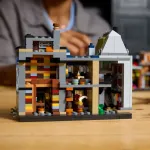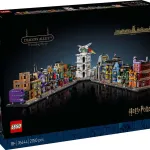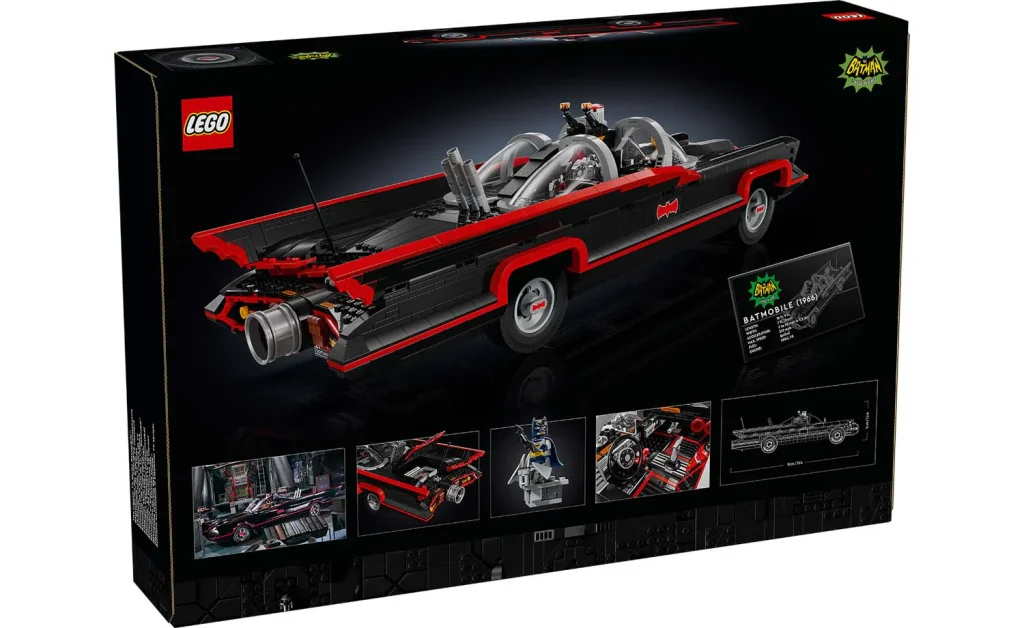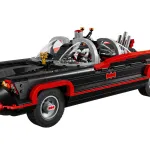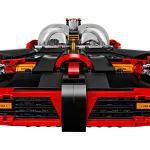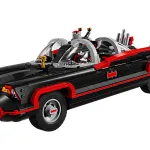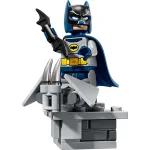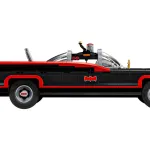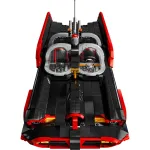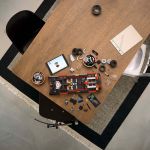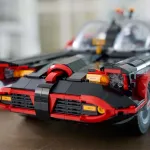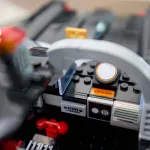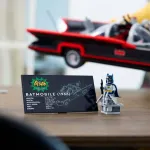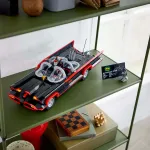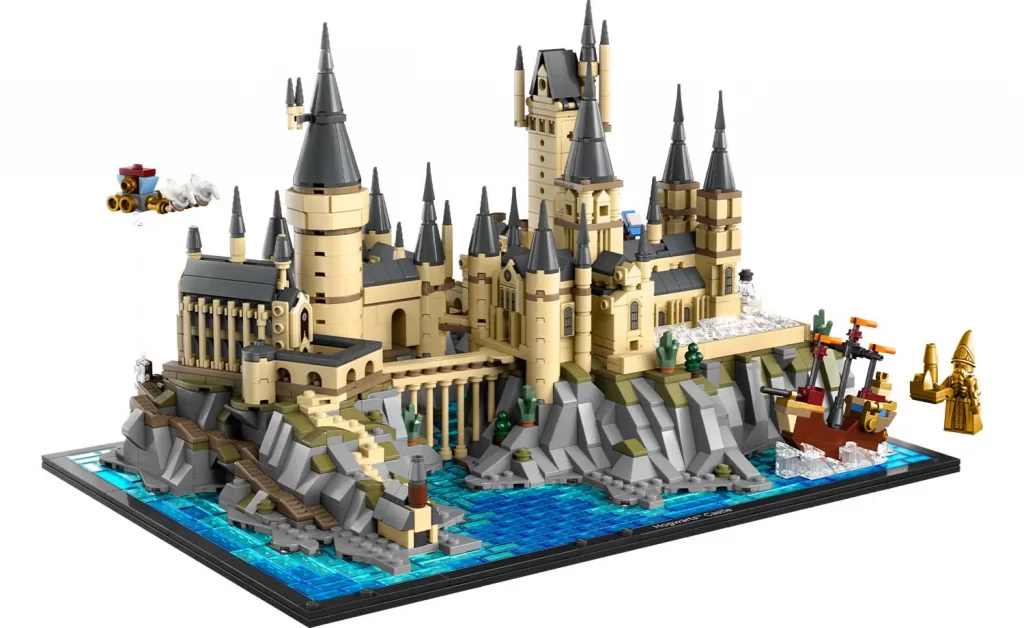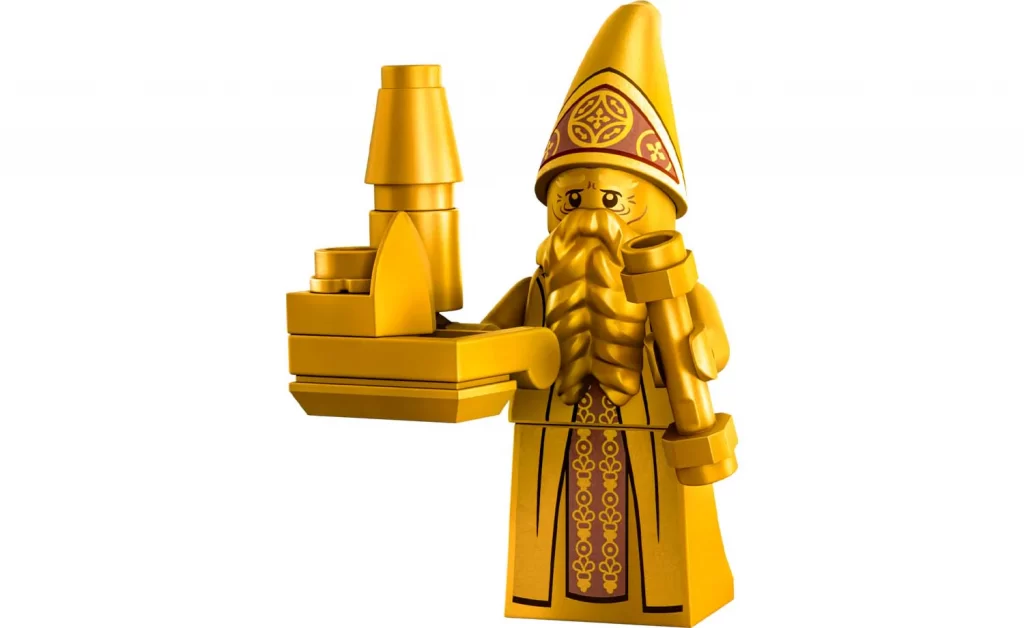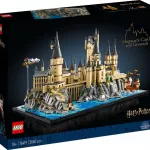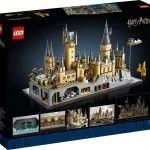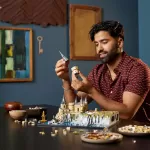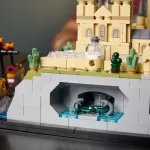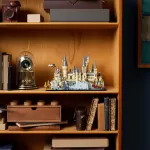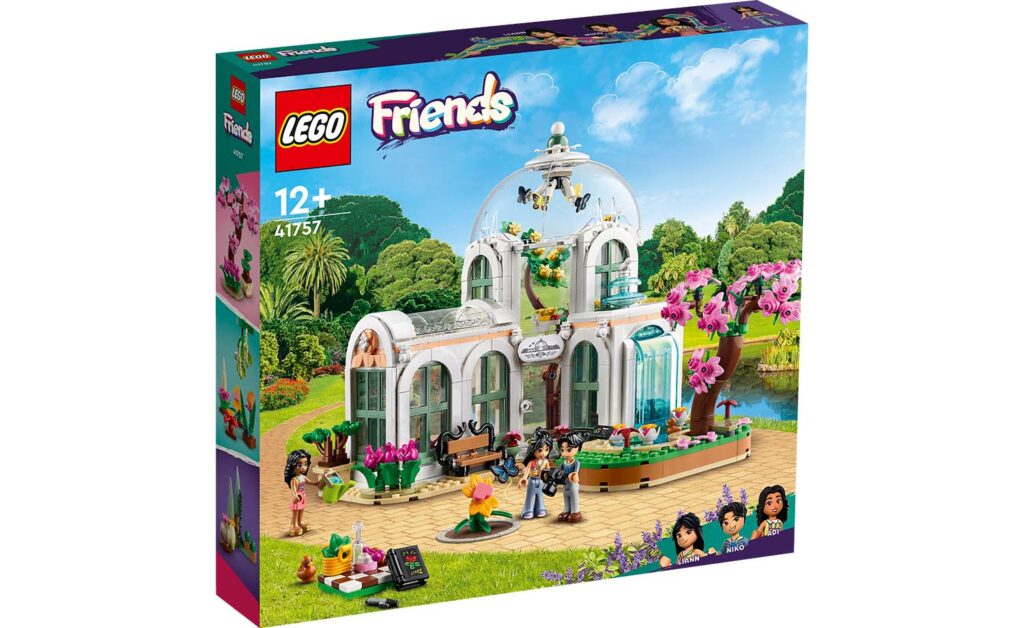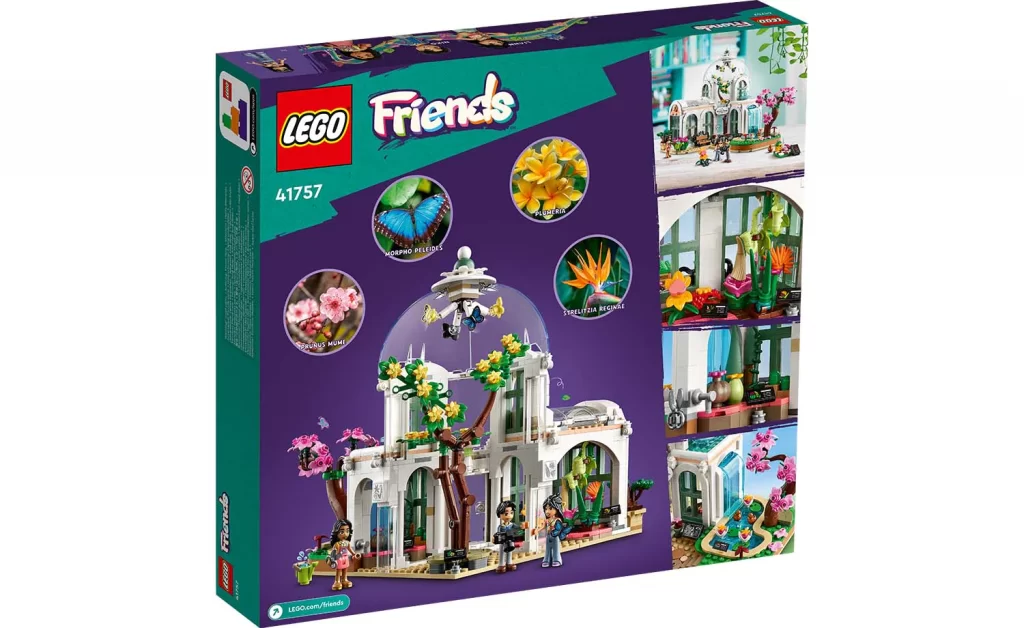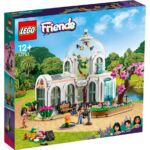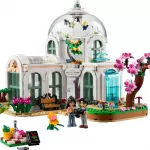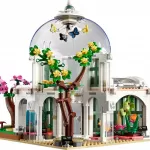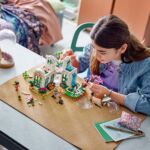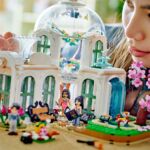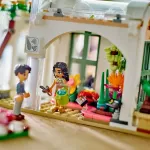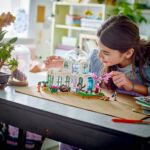By Dylan Barlow (SAFOLs Brick Deputy, KZNLUG Member)


Introduction
The LEGO® City Arctic Polar Express (Set 60470) brings a fresh look at LEGO® trains by combine a theme with a city Train. This merge shows they are on track with the hope for more themed train sets. As part of LEGO® City’s recent focus on integrating story-driven builds with functional play, this set stands out with the new playability functions which are not normally included in a train set. With an estimated 980+ pieces, this set is aimed at the younger generation, but the Trains collectors will not be missing this theme train for their collections.
Packaging and First Impressions
This is one of the Largest city theme Train sets that I have seen. This does not include the trains aimed as display pieces (Hogwarts express and the Orient express) LEGO®’s box art shows the different features as it travels through the tunnel.
Inside, the numbered bags are organized across roughly seven stages of building. A separate thin manual emphasizes multiple builders, while the main instruction booklet dives into the build itself. A sticker sheet provides detailing for control panels, Arctic insignias, and exterior train signage. The New Box design allows for easy recycling and for easier storage if you love collecting the Boxes.
The Build
Book 1: The Snow mobile:
This is the smallest build and is very will put together with the SNOT building techniques. The Tracks have very little friction and allow for easy movement on any surface.
It comes with the Adventurer minifigure which reminds me of the old adventure theme from the late 90’s.
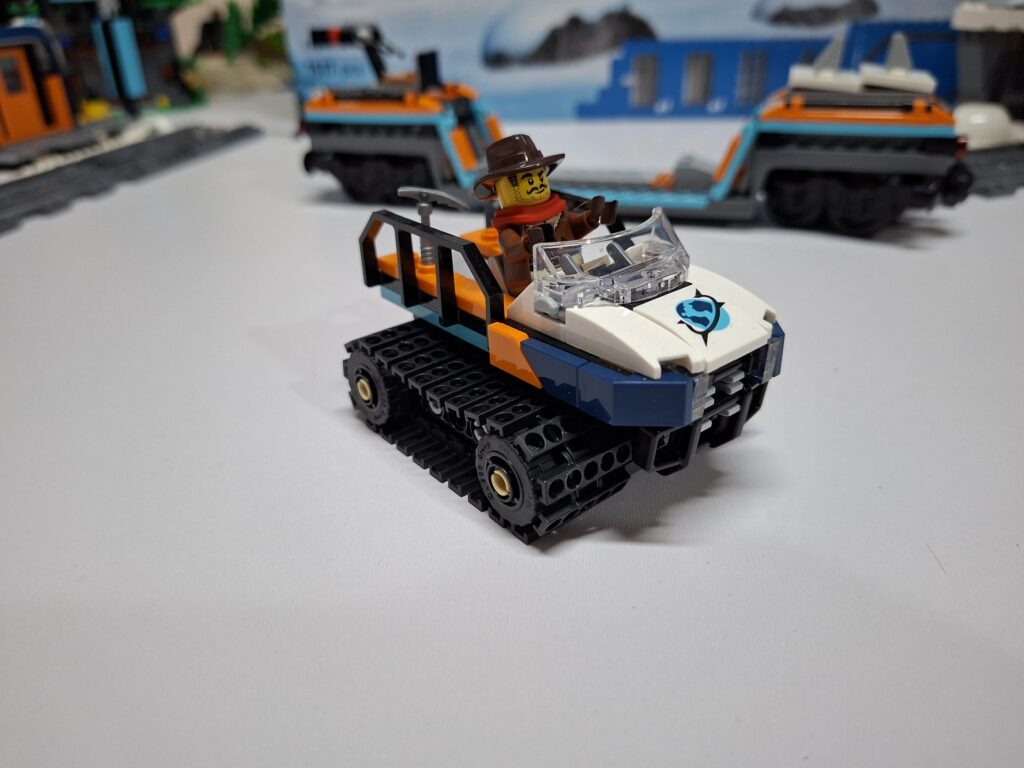
Book2: The outpost / Loading Bay
This outpost, loading area uses the new rerailer track which is an interesting position since you want it after the tunnel as that’s where the train was mainly coming off the track. The outpost used the Snot technique and Technic wheel arches to create the beautiful dark blue boarder which contrast the orange walls. There is lots of details inside and outside the building. The use of the Fence pieces for the walkways is also a great touch.

Book 3: The mountain/ Tunnel
One of the newest type of builds for a Train set. We are not used to getting landscapes for train sets. We normally get carriages, train station or cargo area. This tunnel is a great build and the use of BURPs and SNOT techniques to give a clean look. The BURPS add a lot of height with very few pieces and allow for the extra details like the gold mine/cave on the side. There are a few new slopes pieces used to give a smooth finish.
The interesting part is the new track pieces and the mechanism to push the rocks off the edge.


Book4: Locomotive
This is very different from your normal Train set from LEGO®.
I am not talking about the display sets (Ideas and collector models). Firstly, there is no train base. You build the chassis from pieces which is very interesting and allows for the contrasting colours. They have used the SNOT for building the side panels which have given it a clean look when changing colours without out using lots of sticks. The snowplough is probably the least most interesting part of this build while it should have been one of the focus areas.
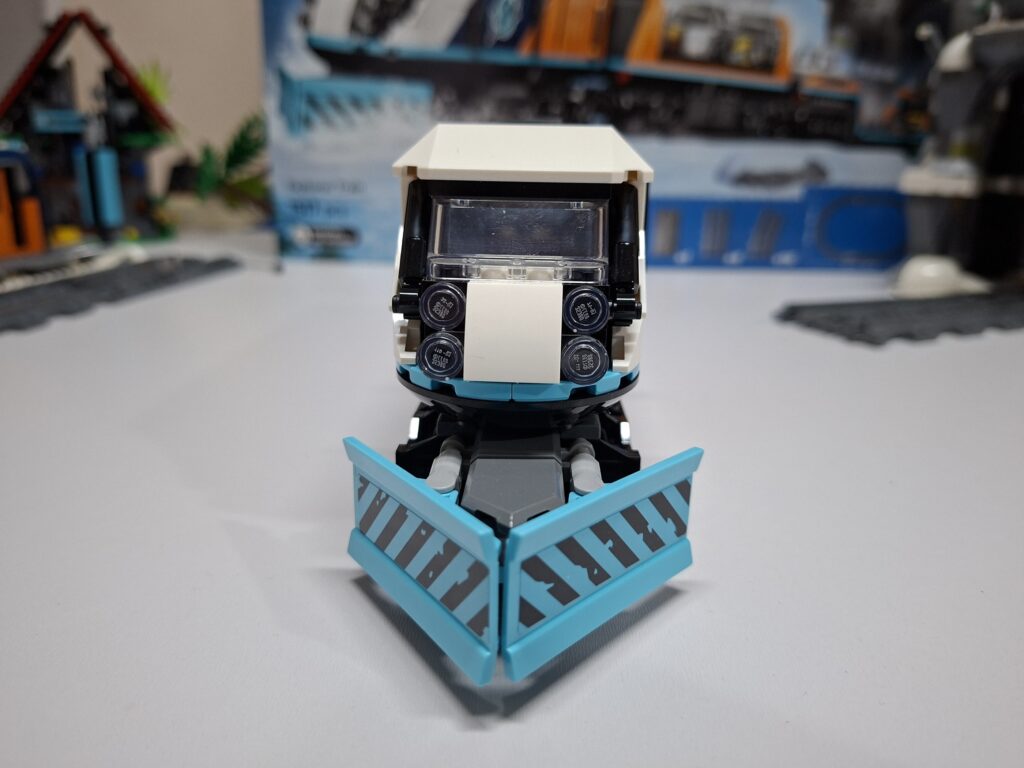
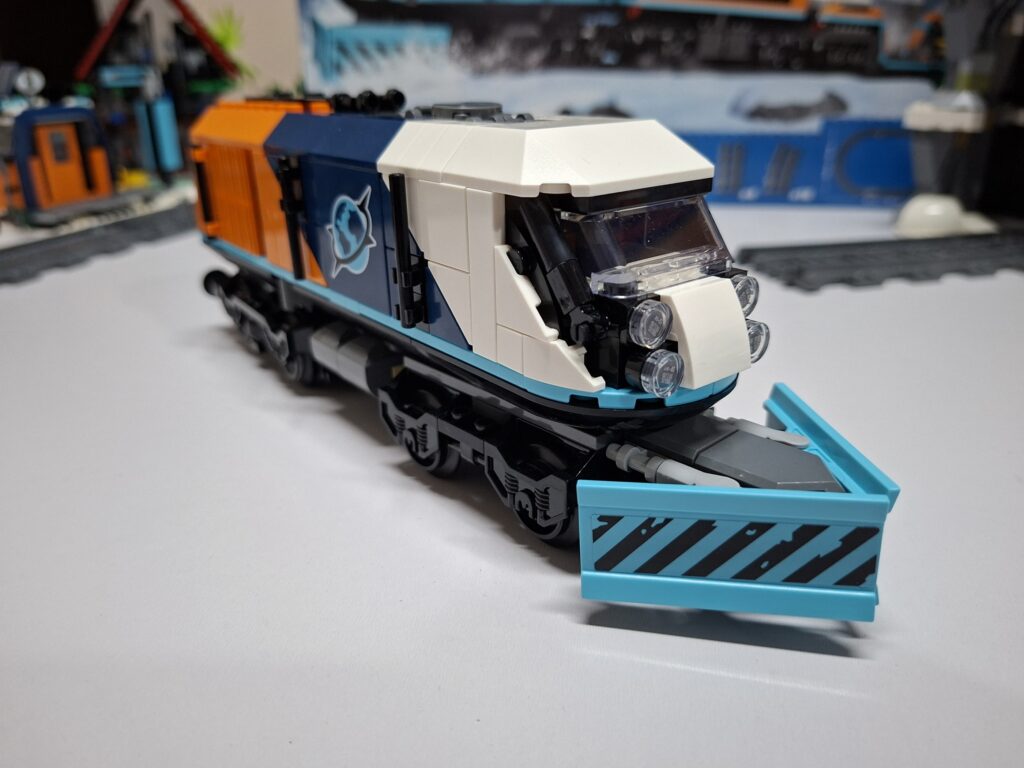

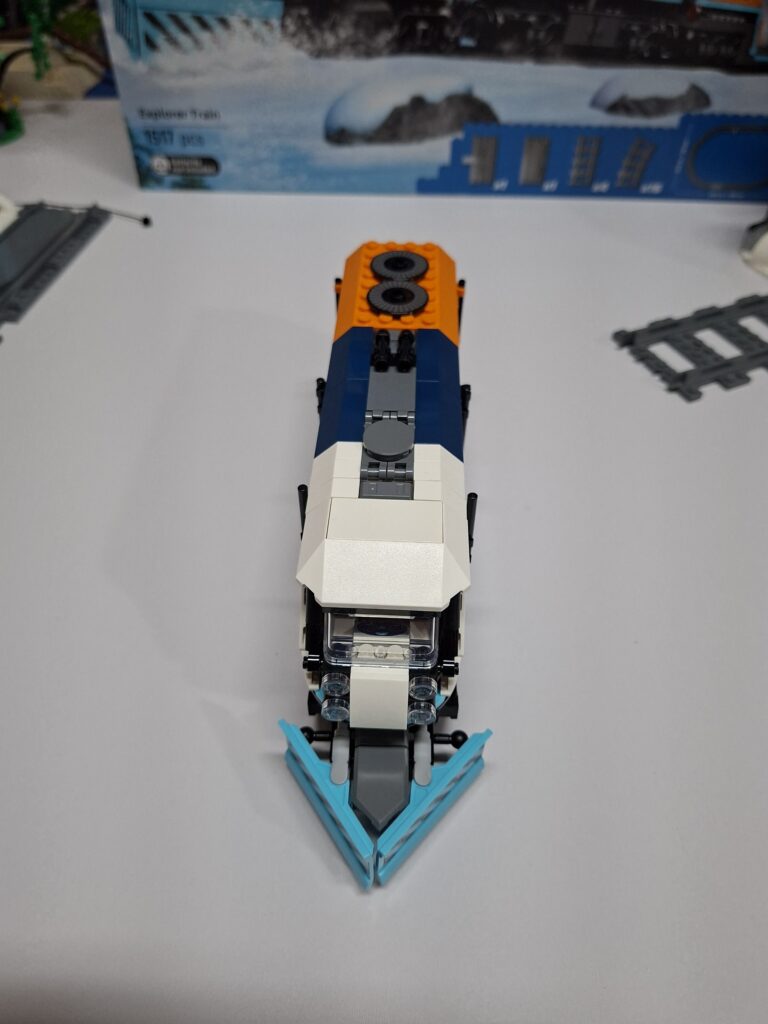
Book 5 and 6: Low bed and Passenger carriage
You only get two carriages for this train set which is normal for Passenger trains but for cargo trains you normally get three carriages. I suppose since you got a tunnel we had to sacrifice on carriage.
The Passenger carriage reminds me of the old 4559 Cargo train from the 90’s and the glass roof is well put together and easy to remove. You can fit three minifigures inside the carriage.
The Low bed is very simple but has lots of details and they have used the different colours to make it stand out.
You get two cargo boxes and a camera (I think) along with a spot to load the Snow mobile.
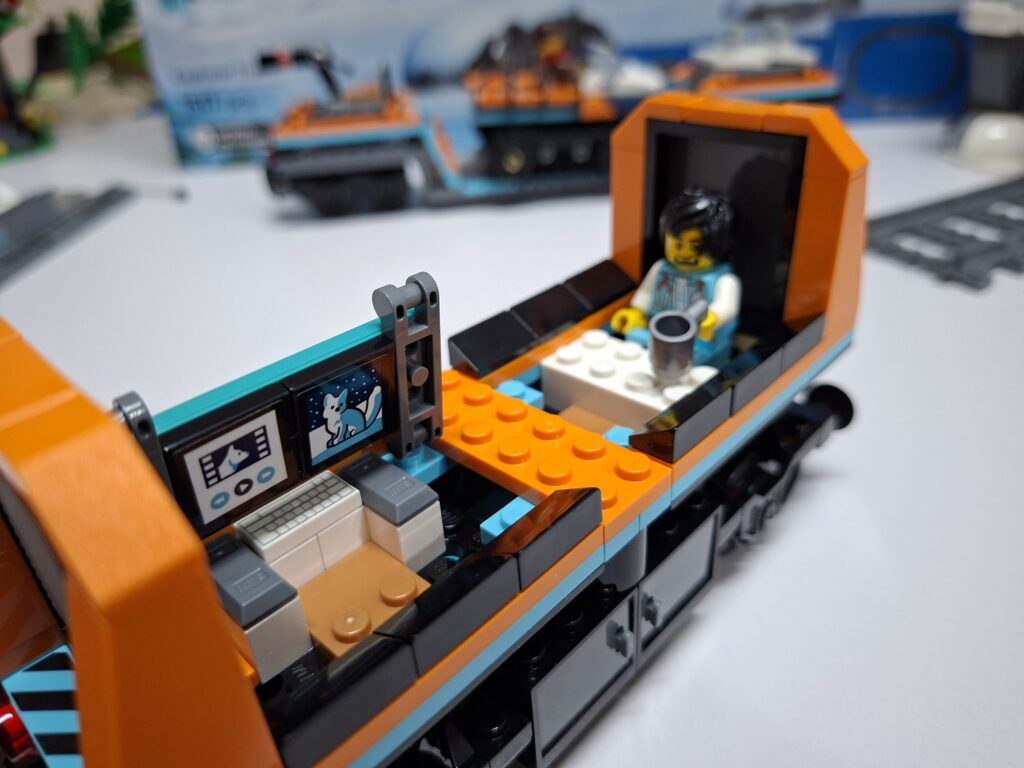

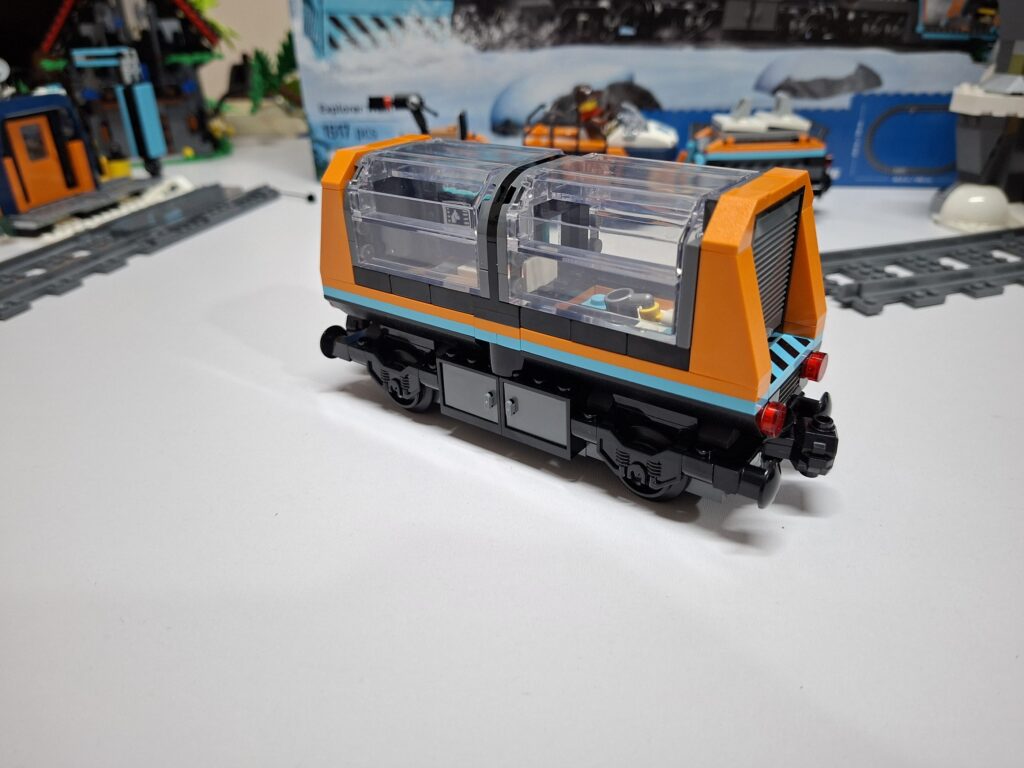

Minifigures and Accessories
- You get 6 minifigures
- You get two artic explores with skis and back packs
- You get a train driver and two other minifigures for the outpost/station and a scientist
- The most important is the Adventurer with his cowboy hat and red scarf and tan pants
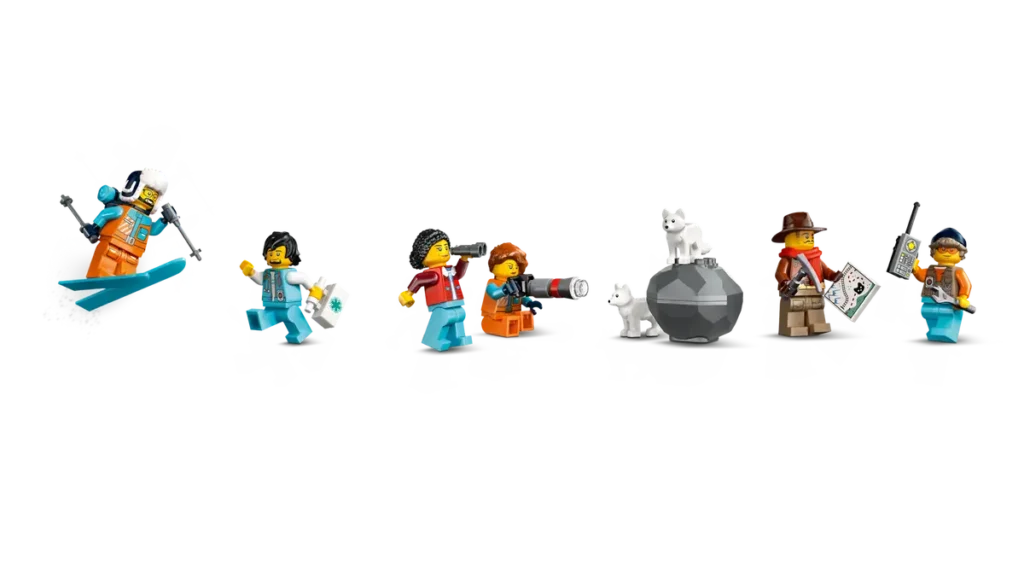
Is it Swooshable or for a Display?
This Set is definitely designed for the play experience. The Zip line, the rockslide and all the little details. Train sets normally have cargo areas or stations for you to play while the train is parked.
The Rockslide adds a different play experience with this train set. I am really excited to see what that do in the future.
Every piece has some feature that makes the play experience enjoyable
Good and the Bad
The Good
- You get a Mountain
- You get a Tunnel
- Action pack play features with the rockslide
- Great use of SNOT to improve the look
- Easy access to Battery s
- Strong integration with Arctic exploration theme.
- A decent amount of minifigures and wolves
- Very play focused
The Bad
- Only two Carriages…. Yes, I know you get a mountain
- Re railer should be closer to the Rockslide. So far only one or two issues that have cause the train to derail
- Snow plough, I feel that this could have been improved even though it is very steady
The Ugly As one of the first times we get a new train set a year later makes it great news for the train lovers. This is one of those trains aimed at the kids and they have made it a very fun set to play with. Lots of movement and details every where which is something new to train sets as the train is always the focus point.
The two new track pieces is promising as there is hope for expansion on the train parts.
I feel that LEGO® has seen what Train enthusiasts can do and what they are looking for. I feel that they are slowly introducing new pieces and styles to see if the fans get on board with the Ideas before making more.





